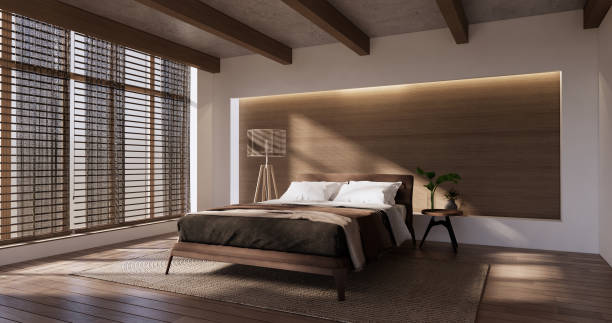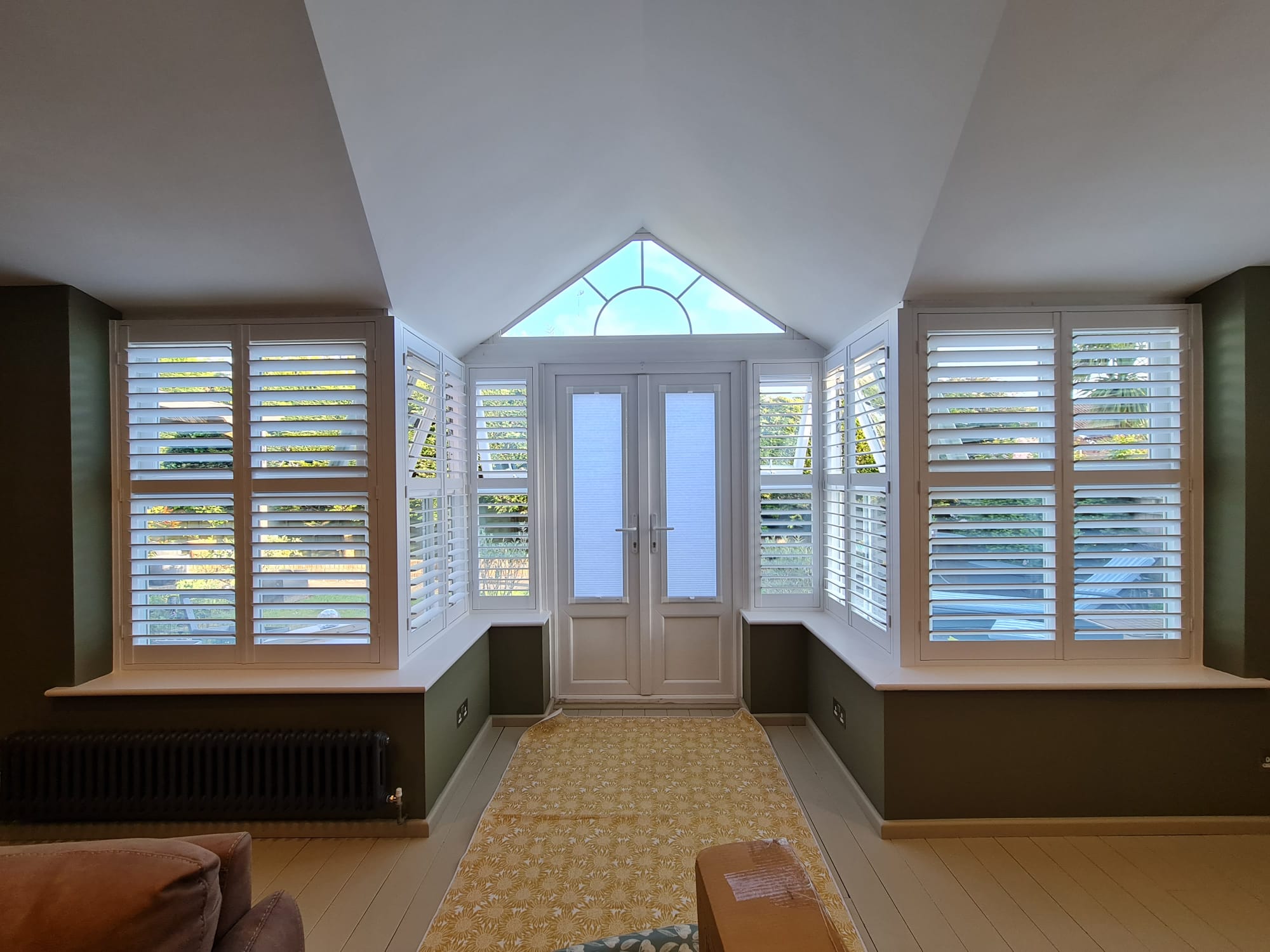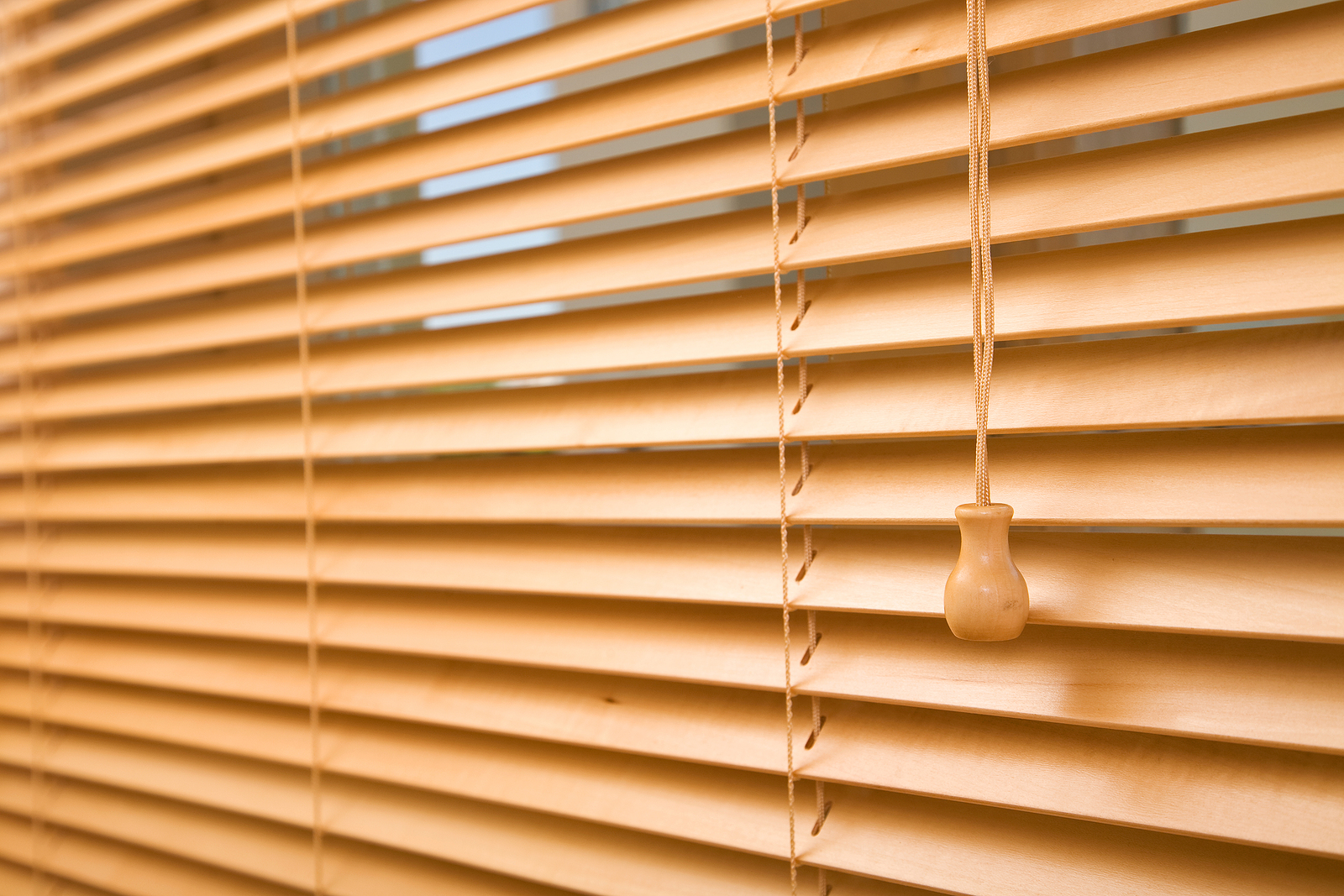How Shutters Can Keep A Sun-Facing Room From Overheating

When most people think of the practical benefits of solid panel shutters, they typically focus on improved privacy and blocking out light, allowing for a better night’s sleep.
However, shutters are also very good at regulating the amount of heat that goes in and out of a home, particularly if they are made of fairly solid natural materials such as wood.
It has been known for centuries that shutters are a great way to keep out the cold during the winter months and improve insulation, but the same principle is also true in the other direction, up to a point.
This can seem counterintuitive; often our first response to a hot day is to open a window to help improve airflow, but whilst this can work on some warm days or when there is a breeze to help regulate temperatures better, it can also serve to let hot air in or magnify the greenhouse effect that can occur with big untreated windows.
However, it is often more important to keep heat out than allow outdoor air in during heatwave-level temperatures, as the latter is more likely to improve the heat of the room, even if spending a summer day in a dark room is far from ideal.
Solid louvred shutters can help with this as they allow for much greater control of lighting and heating. Opening the windows but having closed shutters with slightly opened louvres can create shade in your room that can make the sunlight seem far less overbearing.
This, in combination with a fan or HVAC system, can help keep rooms cool even as the temperatures reach as high as 40 degrees Celsius, avoiding inadvertently causing harm to yourself if you decide to stay in and out of direct sunlight.
At night, however, try to open your window slightly to make up for that loss of airflow and avoid stagnant air in the room.
Related articles

How Shutters Can Help Keep Your Home Warm
Summer in Brighton has been a hot time this year, with no lack of excuses to head for the seafront. But if the season has been great for splashing about in the sea, lazing on the beach or just getting out and about in the heat, the months ahead are a different prospect. The end […]

Why Blackout Blinds Are Not Just For The Middle Of Summer
Of all the different kinds of blinds, shutter blinds do the most to keep light out. That may make them less useful in some rooms of the house, such as the living room or kitchen, because of their all-or-nothing utility. However, there are places where they are entirely useful. The bathroom can be one of […]